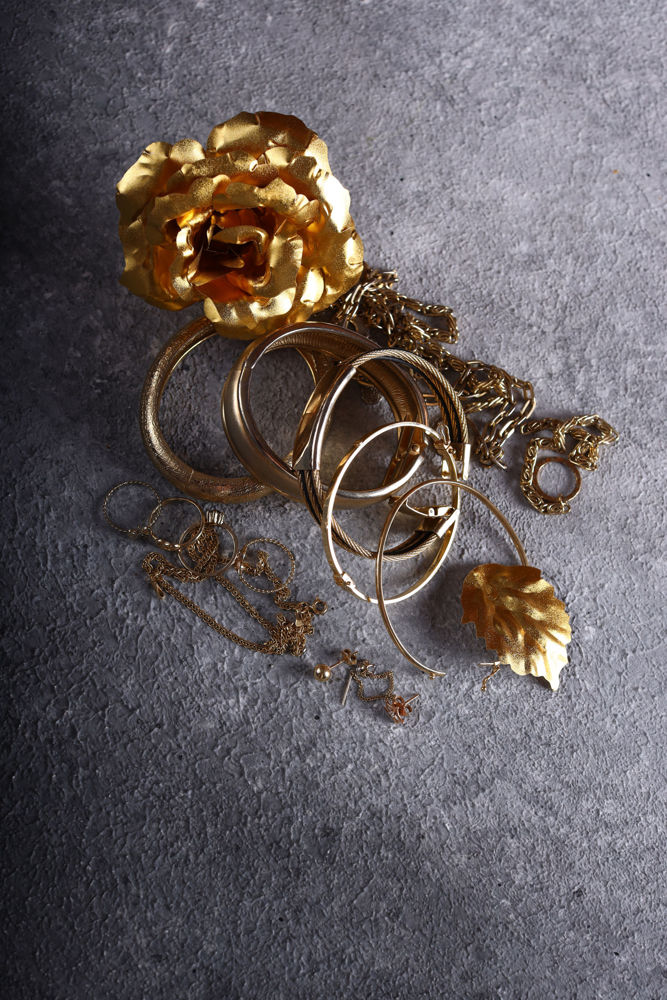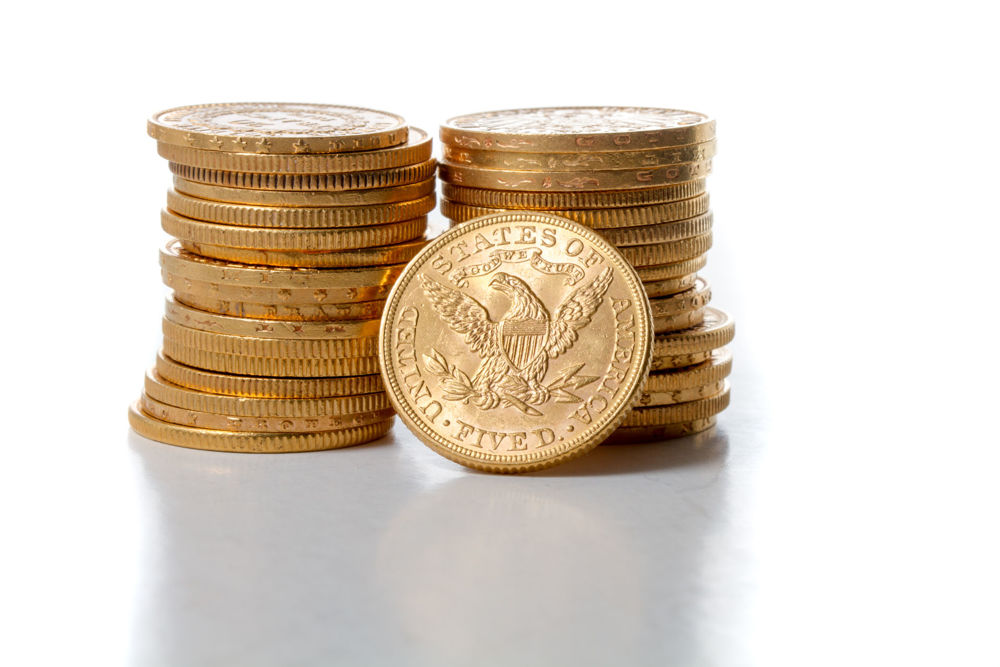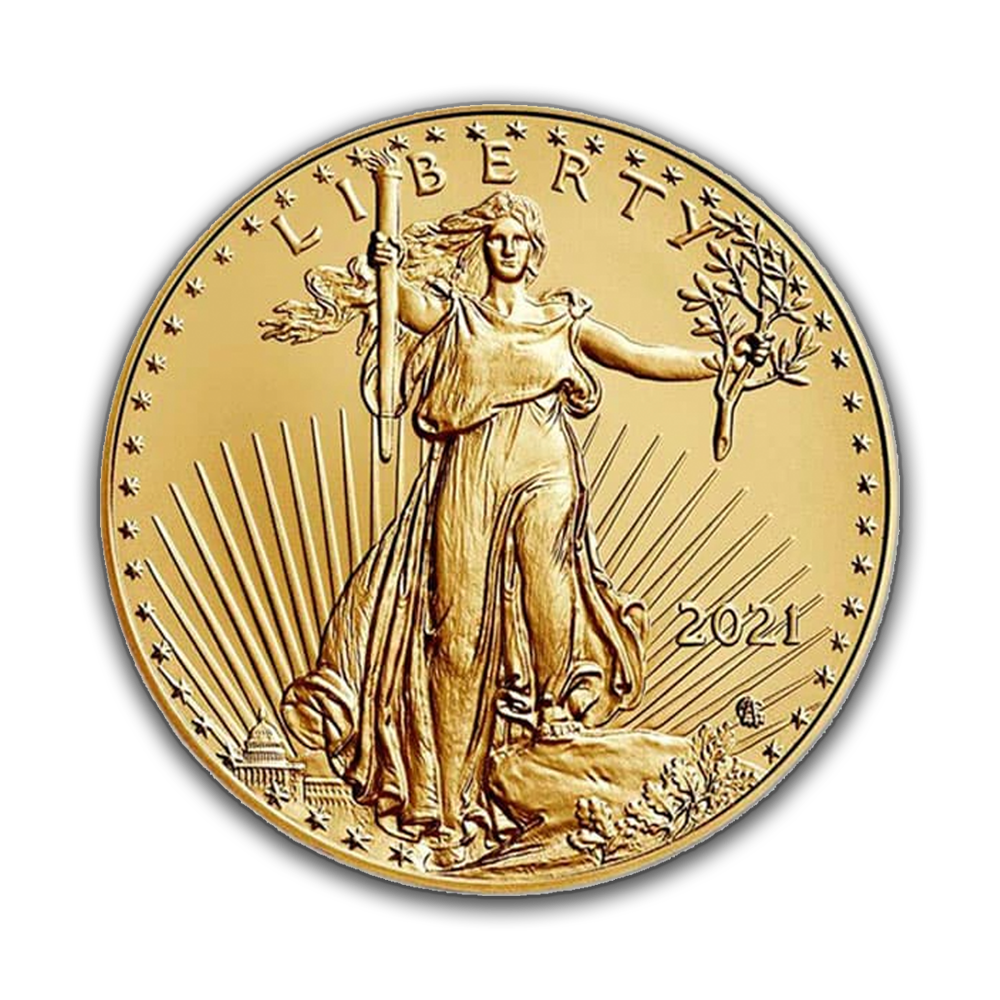Posted on February 12, 2022

As a buyer of gold bullion, you have many options to choose from; but which gold bullion is best for you to buy? The truth is, only you can determine the final answer to that question. While we aren’t in the business of telling you what to buy, we’re here to help give you all the information you need to make a fully-informed decision and choose which gold bullion best fits your needs and interests.
 People have different reasons for buying gold, which usually include one or more of the following:
People have different reasons for buying gold, which usually include one or more of the following:
Besides being the classic metal used in jewelry for thousands of years, gold is a tangible asset and a widely-respected hedge against both inflation and currency debasement. As an investment, gold has the potential to generate impressive returns. Finally, gold (primarily coins) can be a collectible like stamps and records, with the possibility of aftermarket value appreciation beyond its gold content.
Bars (including ingots), coins, and rounds are the classic products we consider gold bullion. Technically, bullion derives 100% of its value from its intrinsic precious metals content. This separates gold bullion from other objects that are made of gold but valued for other reasons (like ancient gold coins, a gold Rolex, or Tutankhamun’s burial mask).
While there are benefits to owning numismatic coins, jewelry, stocks, ETFs, and other investments, gold bullion has certain unique advantages that you’re less likely to find in the aforementioned assets.
 Jewelry is meant to be worn and can certainly have some value, though it’s not nearly as liquid as gold bullion. Jewelry’s value is derived from its precious metal content and aesthetic qualities, age, designer, popularity, etc. Some people call buying gold jewelry an “investment,” though it’s actually a purchase. If you want to buy gold jewelry, go for it! But don’t kid yourself about your motives.
Jewelry is meant to be worn and can certainly have some value, though it’s not nearly as liquid as gold bullion. Jewelry’s value is derived from its precious metal content and aesthetic qualities, age, designer, popularity, etc. Some people call buying gold jewelry an “investment,” though it’s actually a purchase. If you want to buy gold jewelry, go for it! But don’t kid yourself about your motives.
Stocks are an excellent option for investors when the market is doing well, but they aren’t physical assets. In addition, stocks are inextricably linked to the performance of both the underlying companies and the broader economy. Stocks may offer income and diversification, and mining stocks tend to fluctuate along with the value of precious metals. However, make no mistake: a share of a company, even a really great company, is not a tangible asset.
Some ETFs offer investors a share representing partial ownership in a quantity of vaulted gold. That gold may even actually exist! We think “paper gold” investments like these run the risk of underperforming (or just going out of business) at the worst possible time. Like stocks, this is not a tangible asset.
Numismatic coins are more of a collector’s item than gold is and might not be easily bought or sold. Their value fluctuates with several factors: condition, popularity, provenance, and a number of external market conditions. If you aren’t sure whether a coin is bullion or numismatic, consider its premium over the spot value of its intrinsic metal content. Numismatic coins are liable to trade at premiums of 2x-1,000x their melt value.
Before buying gold bullion, you should ask yourself some important questions and consider some key factors.
Is this your first gold bullion purchase, or are you an experienced buyer looking to add to your stockpile? Think about how much gold you want to buy, and remember that in general, the larger the quantity you buy, the lower the price per unit will be (this is because there are baseline minimum costs associated with the production and shipping of each individual bullion piece).
If you have a 10 oz gold bullion budget, a single 10 oz bullion bar is almost always a better deal than ten 1 oz bars (or 311 one gram gold bars).
Another consideration with regard to price is the overall cost relative to the spot price of gold. Remember, the spot price of gold is the minimum price for gold and doesn’t account for production costs, like refining, minting, packaging, and shipping. The spot price of gold is the driving force behind gold bullion prices, and while you won’t be able to buy bullion at the spot price, nobody else can, either. You should be aware of the variety of premiums over spot price associated with different types of products.
All gold is not “pure” gold, so be sure to verify the purity of the gold you’re interested in before your purchase. For example, the American gold eagle coin, one of the most widely traded gold coins, is 22-karat or 91.67% pure gold. On the other hand, the Canadian maple leaf is 99.99% – just about as pure as gold gets.
One more very confusing point here: a coin or bar’s “weight” refers only to its weight in precious metals. A 1 oz American gold eagle actually weighs more than a 1 oz Canadian maple leaf because both contain 1 troy oz of gold. The gold eagle’s 8.33% copper and silver content make up the “extra” weight.
It’s essential to buy the gold bullion product that’s the best fit for you, though availability may mean you have to wait. Think about which product you want and how that fits your overall goals.
Your first significant choice when deciding which gold bullion is best for you to buy? The physical form. There are three major types:
 Coins are easily recognizable, often available, collectible, and highly liquid. That said, they tend to come with a higher premium compared to simpler and less beautiful gold bullion like rounds and bars. As products of government mints, coins have an official face value and complete transparency; you don’t have to wonder where they came from. A U.S. Mint American gold eagle, or a South African Krugerrand, is probably always going to inspire more trust and confidence than, say, products from Random Ray’s Real Refinery.
Coins are easily recognizable, often available, collectible, and highly liquid. That said, they tend to come with a higher premium compared to simpler and less beautiful gold bullion like rounds and bars. As products of government mints, coins have an official face value and complete transparency; you don’t have to wonder where they came from. A U.S. Mint American gold eagle, or a South African Krugerrand, is probably always going to inspire more trust and confidence than, say, products from Random Ray’s Real Refinery.
Rounds and bars offer the lowest prices above spot but might require a bit more research.
Gold bullion bars come in weights from 1 gram (about 1/30 troy oz) up to 1 kg (32 troy oz), though the most common is 1 oz. They can be functionally ugly, industrial ingots or smooth, engraved, and polished bars. Like any other commodity, two rules of thumb to keep in mind: the less processed the gold bar is, the less it’s likely to cost per ounce. Also, buying in larger quantities is often the way to get the best possible price.
Rounds are simply what we call coins that aren’t made at a government mint. Sometimes they’re sold by weight, with different refiners and producers mixed together. They’re primarily issued in the same weights as gold coins: 1/10, 1/4, 1/2, and 1 oz.
There’s no shortage of places that will sell you gold bullion, but your safest choices will always be trusted dealers or directly from mints. A trusted dealer with a spotless reputation will help ensure you get a fair deal on quality bullion. For those so inclined, buying from local coin shops is also an option; the challenge with coin shops is that each one is different, so it may be harder to evaluate.
There are, of course, those brave individuals who venture onto sites like eBay to buy gold bullion. There’s no telling what you’ll get on eBay, and while there are undoubtedly some honest sellers, eBay and similar sites are known to be among the riskiest ways to purchase gold.
When you buy gold, you have a wealth of options ranging from individual 1 g pieces to 500 oz monster boxes. You can purchase gold in several shapes (rectangular, round, oval) and dozens of different sizes. Sets of gold bullion, like monster boxes, are popular because they offer significant exposure to gold, very low prices over spot, and a neatly packaged collection of mint coins.
Protecting your investment is crucial when buying gold bullion, so it’s imperative you know where you’re going to store your gold before you buy it. If you only have a small amount of gold, you might be able to store it at home in a safe. For anyone with a substantial amount of gold, or if you’re investing in a gold IRA, a precious metals depository offers the security, legal compliance, and insurance to keep you and your gold safe and in line with the IRS’s reporting rules.
 Gold is a special asset class because it’s a highly liquid hedge against inflation; it’s tangible, easily recognized, and valued in every country on earth. With that said, since there are so many options, choosing which type of gold bullion to buy can be challenging.
Gold is a special asset class because it’s a highly liquid hedge against inflation; it’s tangible, easily recognized, and valued in every country on earth. With that said, since there are so many options, choosing which type of gold bullion to buy can be challenging.
Once you’ve taken under advisement all the above, you should have a pretty good idea of what type of gold bullion you want to buy.
If you’re still unsure, we’re going to boil it down to some more straightforward terms.
For anyone looking to get some exposure to gold as an investor, bars and rounds will be the best value entry point. Since your primary concern is preserving your purchasing power (if not generating a return), you’ll want to obtain gold at the closest possible price to spot. Gold bars and rounds don’t have a face value like coins, nor can they be expected to be sought after by collectors, so if you’re buying gold bars or rounds, make sure you’re committed to investing in gold as a metal.
While more expensive than bars and rounds, coins offer owners some interesting advantages to help make up for the price difference. While not circulated like ordinary coins, gold coins still have a face value. In the worst case, your gold coins are always redeemable as legal tender currency.
Coins are also identifiable by just about anyone and are highly liquid if you need to sell quickly. Lastly, coins have the potential for numismatic value, which can increase value beyond that of the coin’s gold content. This is especially true for proof coins, the highest-quality coins made by mints. Proof coins can easily exceed the spot price of gold by hundreds of dollars per ounce, thanks to their limited production, impeccable condition, and the high level of interest by collectors.